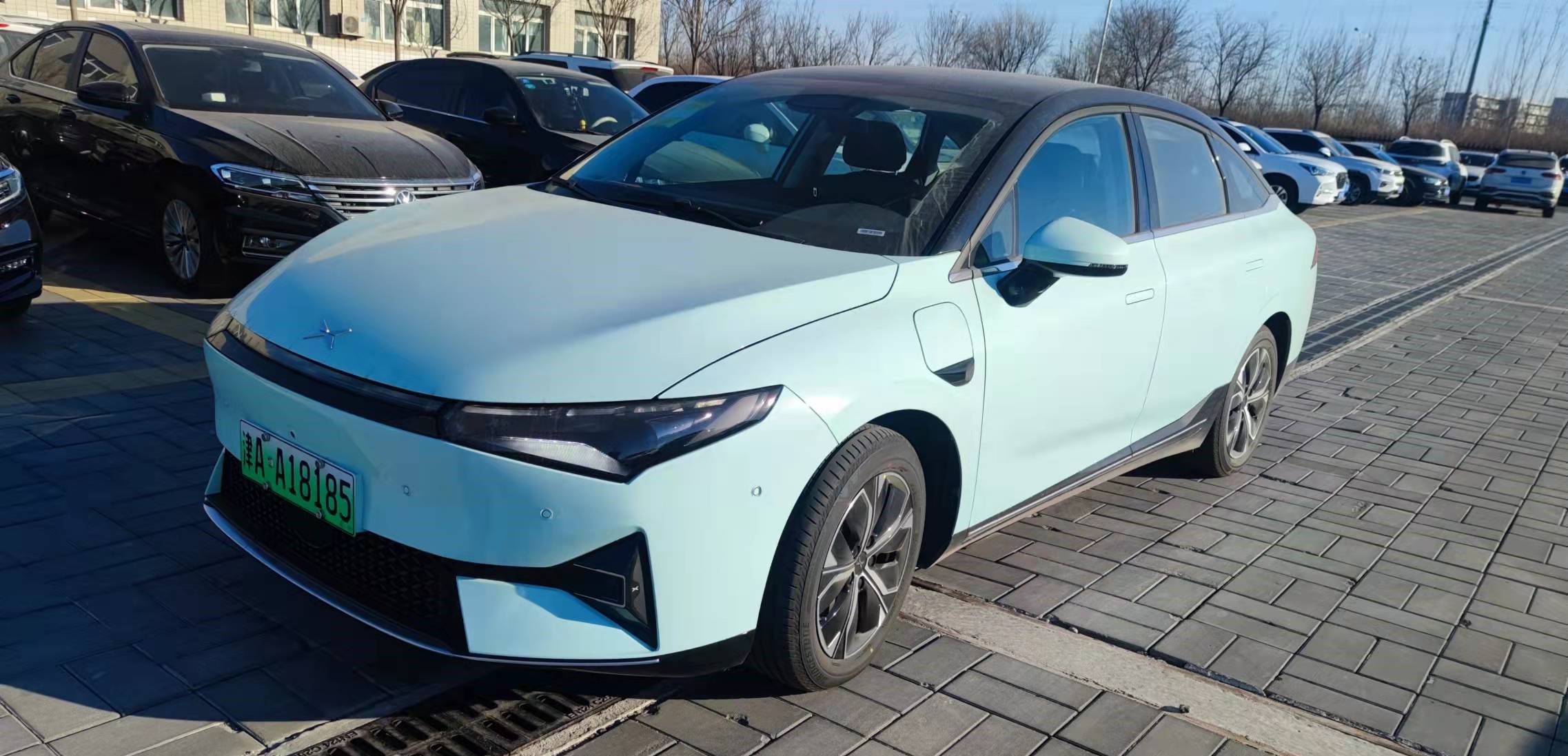Introduction
I am a 28-year-old man, who has entered his thirties. Although there are still some imperfections in my life and work at this age, I am determined to move forward towards a more perfect life! I’m interested in trendy technology and fresh things. If my financial situation allows, I prefer to experience new technologies that most people may not have accepted yet.
I’m 176 cm tall and weigh 115 Jin, which means I’m very thin.
Purpose of buying a car
Mainly for commuting and occasionally for travelling to my hometown on highways. I drive about 45-55 kilometers per day and an average of about 1200-1500 kilometers per month.
Why did I choose XPeng?
Before, I drove an SUV with a 1.8T engine, which consumed 11-13 liters of gasoline per 100 km. The monthly fuel cost was about 1000 yuan and the annual maintenance cost was about 1200 yuan. The annual cost of owning a car was at least 15,000 yuan, which was too expensive for me. That’s why I started paying attention to new energy vehicles.
I have been paying attention to new energy vehicles for about a year, including Aiways, BYD, Ola, Nio, Leapmotor, WEY, and Geometry. I have basically learned about and test driven most of the new energy vehicles on the market. I mainly prefer domestic cars, and have not considered the expensive JV new energy vehicles.
In summary, each car has its own strengths and different styles.
However, what I value the most is a car with automatic driving assistance function, especially high-speed automatic driving assistance, and even better, city road automatic driving assistance.
There are not many options available, because I am tired of clumsy and bulky SUVs, so this time I decided to buy a sedan.
Currently, XPeng is one of the best in terms of automatic driving assistance technology in China. Although Li Xiang Xiaoyu has already contributed to the new energy industry in China, Li Xiang and Nio are still mainly targeting high-end cars and high-end customers. Therefore, I chose XPeng. In fact, I was mainly influenced by the review of 42 Garages 63. At that time, the NGP for P7 was just launched, and it was too awesome! The function and assistance were so powerful.
However, obviously, P7 is a bit expensive for me. XPeng P5 is the only choice for a car with a price under 200,000 yuan that has automatic driving assistance function. Moreover, the cost of using it is really cheap, even if the winter range is only 50% of normal range, it still dominates over fuel cars.
So, I received my P5 blind order by paying a 5,000 deposit. After the car was released, I thought about it for another month before upgrading to the large order.
Before delivery: Except for the benefits of the deposit (5000 yuan discount for car purchase, sleep kit, free lifetime yearly 3000 kWh electricity, reverse charging device, 3 kW charging gun), there are no additional discounts.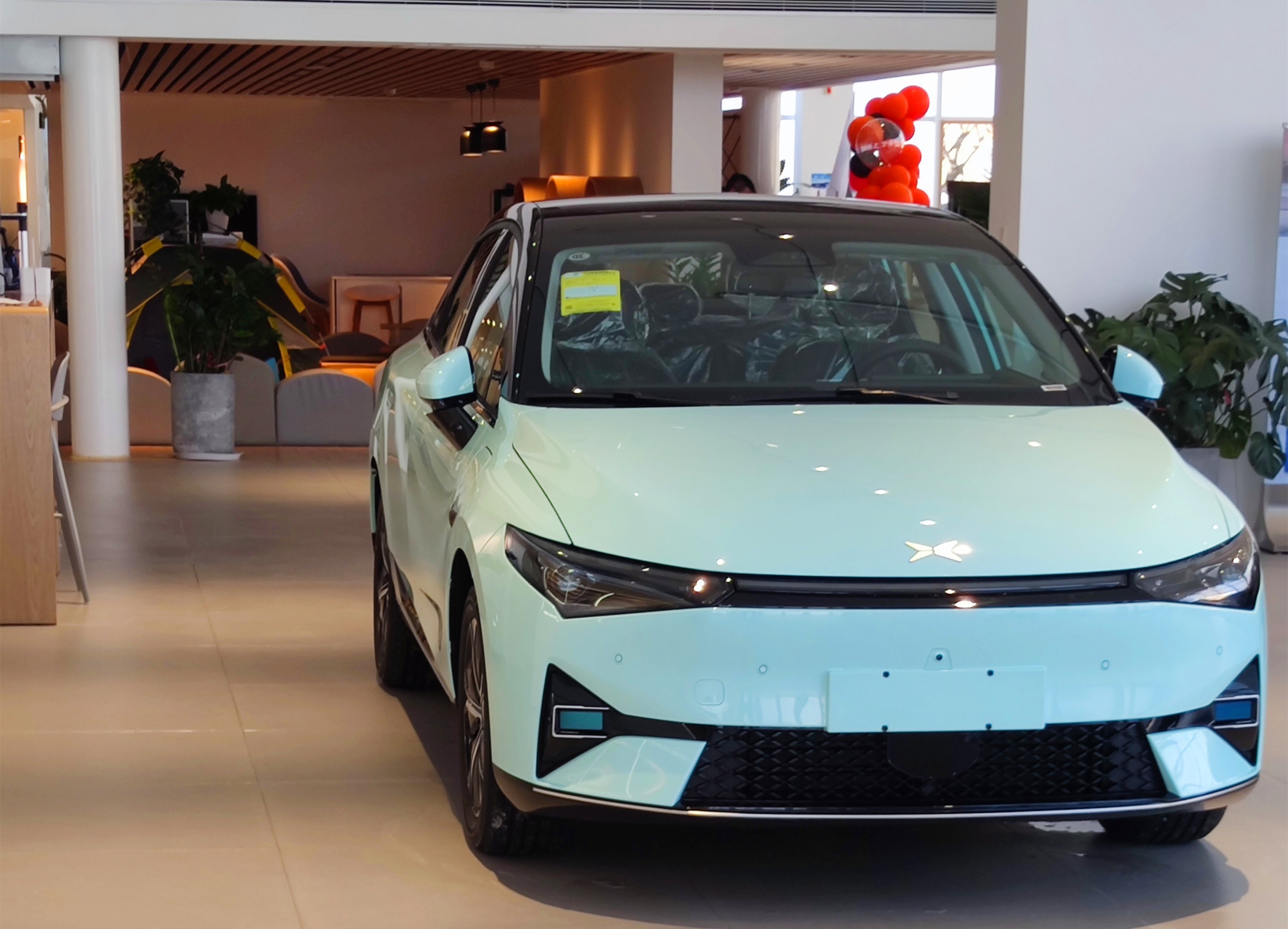
Car Pick-up
We went to see the car display, and the only thing I wasn’t quite satisfied with was the seats, although they were made of Nappa leather, they were not very comfortable to sit in. We test drove it and found that the power was enough, except for the soft suspension and uncomfortable seats, there were not many major issues.
At the time of car pick-up: we paid the entire amount in full, and partially paid with credit card (without transaction fee), which was very simple – pay the money, get the key, obtain temporary insurance (not mandatory in-store), obtain temporary license plate, and get the permanent license plate the next day.
I feel that XPeng’s service, whether it’s sales or car pickup, is relatively attentive and the service attitude is also good. I have not been to the after-sales service yet, but I will experience it after the maintenance.
Next, I will briefly evaluate XPeng P5’s ride comfort, sound insulation, power consumption, and the most concerned issue of new energy – range.
Space Evaluation
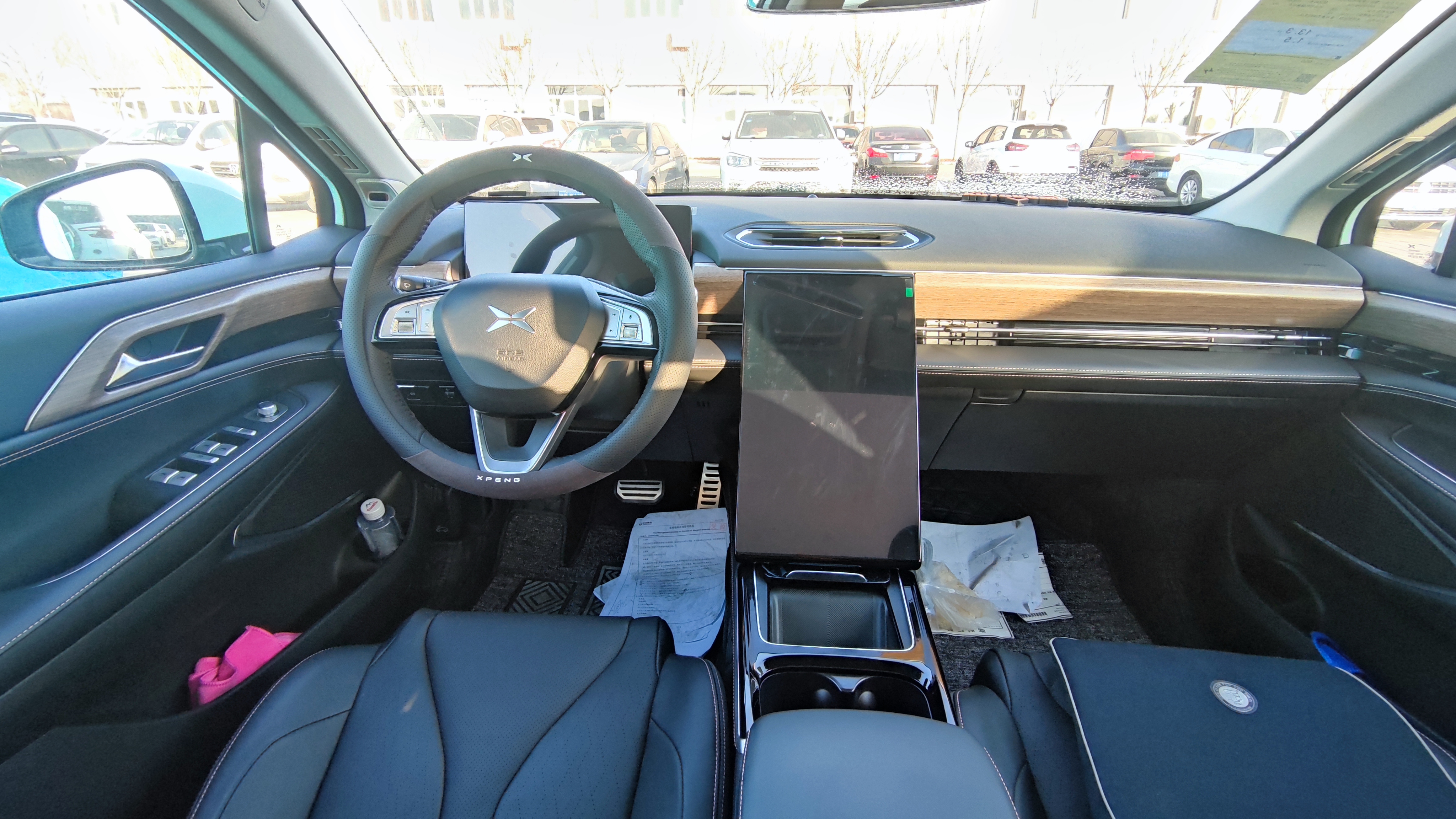
First of all, I won’t talk about the sleep space that can be easily found online. For me, it has little practicality and probably won’t be used once or twice a year. Furthermore, there is not much to say about the space inside the car. The space is very abundant and spacious.
Regarding the comfort of riding and driving, if I were He XPeng, I would probably scold the designers of the riding and driving space, but it may also be that XPeng needs to control some interior costs or make some other trade-offs. However, the driving space should always be the most reasonable and important.
It has been more than 30 days since the car pick-up, and during this time, I have tried many adjustments to the driver’s seat angle, but I have always struggled to find a very comfortable driving position. I have adapted to this sitting position slowly, but my lower back still hurts after a long time. Additionally, the 6-way adjustment of the driver’s seat is not powerful enough. At the price level of 200,000 yuan, the driver’s seat should support at least 8-way adjustment. The steering wheel does not support front and back adjustment. This is a 200,000 yuan car, and it’s unacceptable to miss such useful functions (although it might be compromised for the visibility of the instrument panel).
Currently, I feel that my knees and lower back are not sufficiently supported, possibly because I’m quite thin.
I have yet to find a car headrest that suits me because I have a slight cervical spine problem. So, I will still buy a neck support to put on the headrest later.
The front passenger and rear seats are honestly tiring to sit in for a long time. This may be a common problem with most sedans, but in a sedan at the 200,000 yuan level, this should not be so. The culprit is the poor knee support.
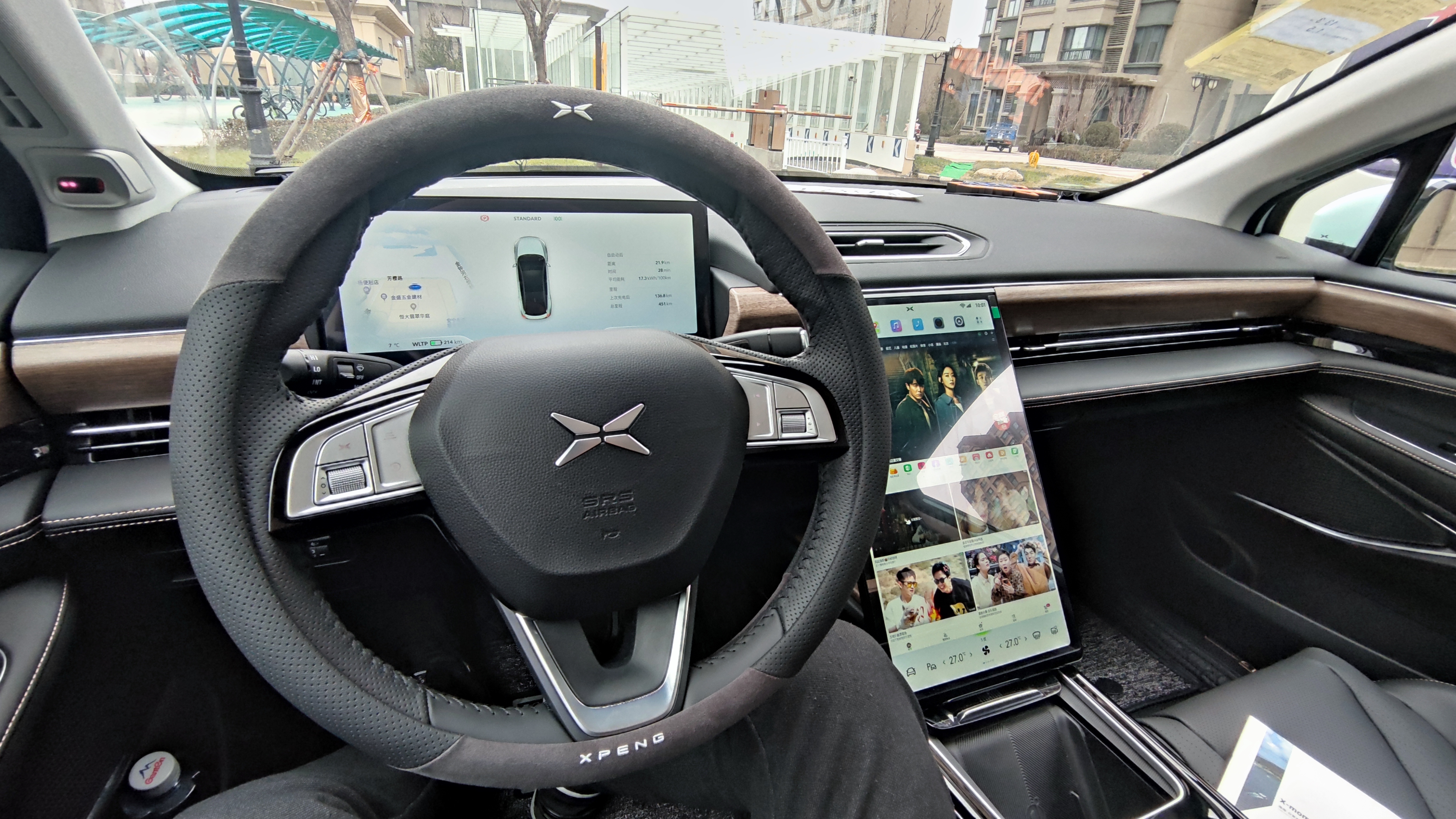
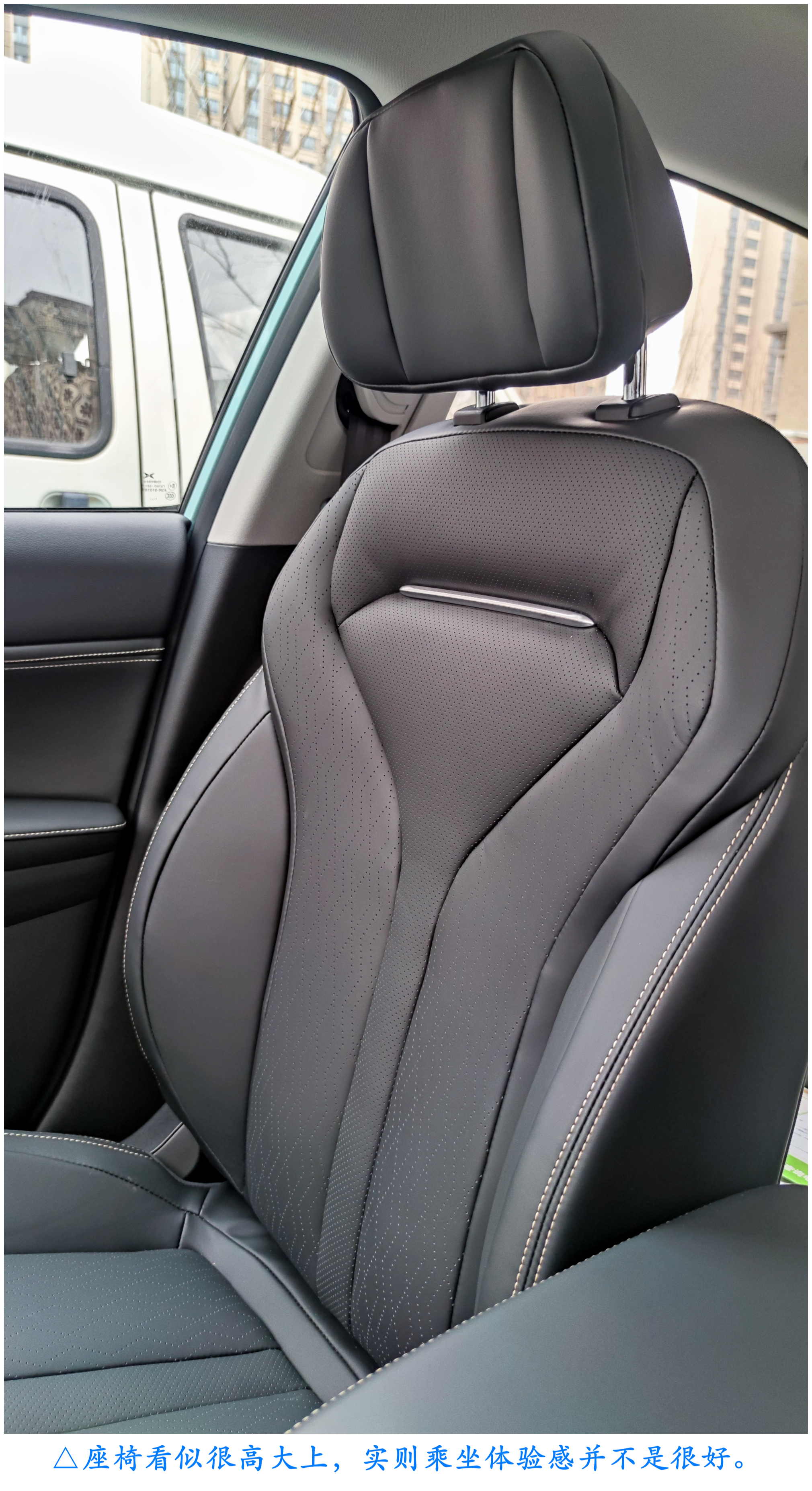
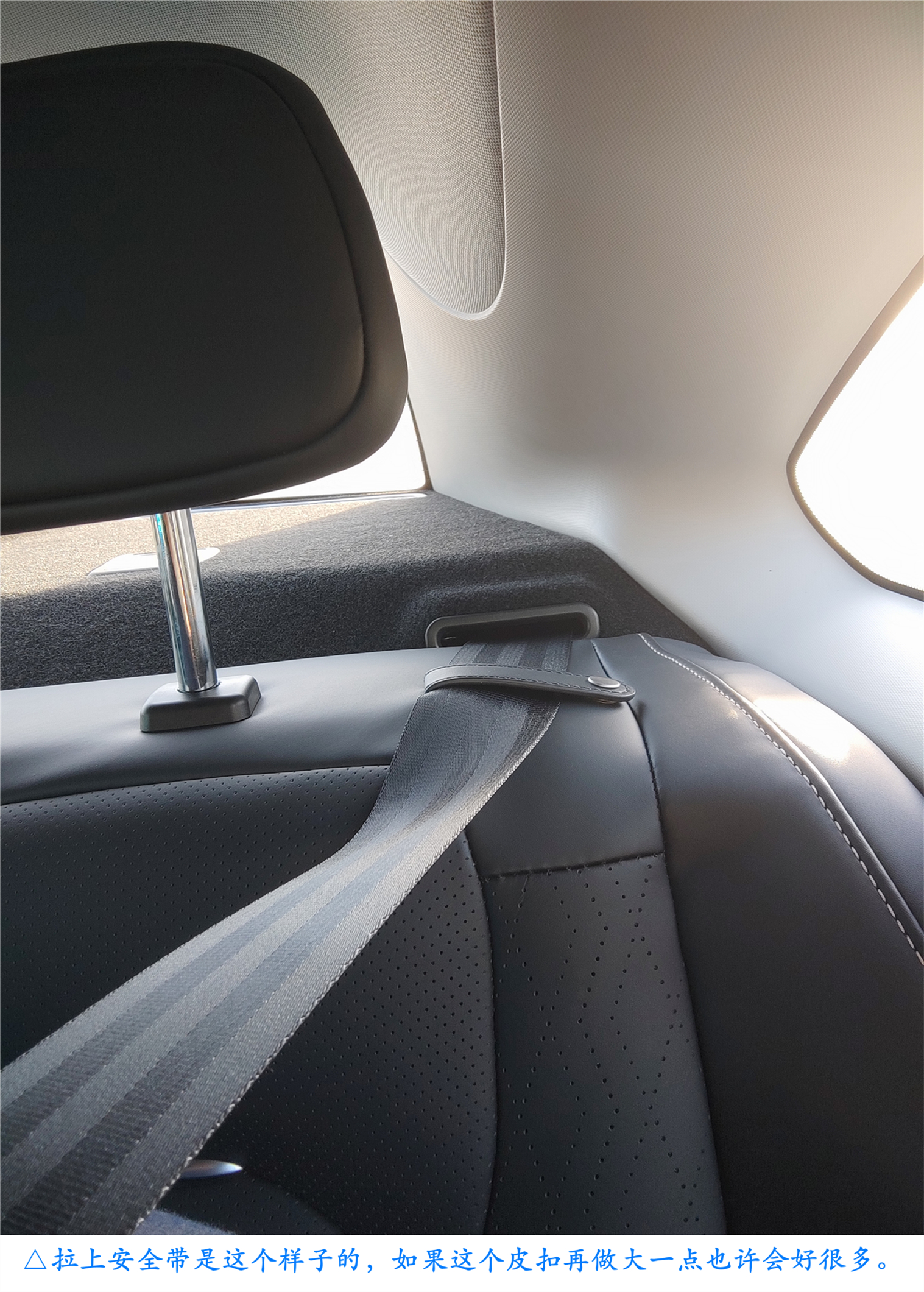
Enough criticism, let’s talk about the advantages. The luxurious interior is considered to be above average, but not quite at the top level. If there were some ambient lights like the ones in the P7, it would feel like a higher level. The texture of the Nappa leather is very comfortable, and the seat belts are very user-friendly. The driver’s pre-tensioned seat belt is very comfortable.
The storage space in the car can basically meet my needs, and I am very satisfied with the large storage space in the armrest box.
The wireless charging is worth choosing. Once you put your phone in it, it starts charging, so you don’t have to worry about battery life anxiety. However, if the phone’s battery level is critically low, it is still recommended to use tyPe-C, because wireless charging seems to only have a power of 10W, and the charging speed is not very fast.
In terms of audio, I feel that it is not very good. Compared with other cars in the same price range, it can only be considered slightly above average. I have a slightly higher requirement for sound quality. If there is an optional speaker, I would definitely recommend upgrading to a Denon. The two high-tone speakers under the front windshield are really nice, and there are ambiance lights on both sides. However, compared to the P7, the ambient lights in the car are really lacking, and only these two small high-tone speakers have lights.
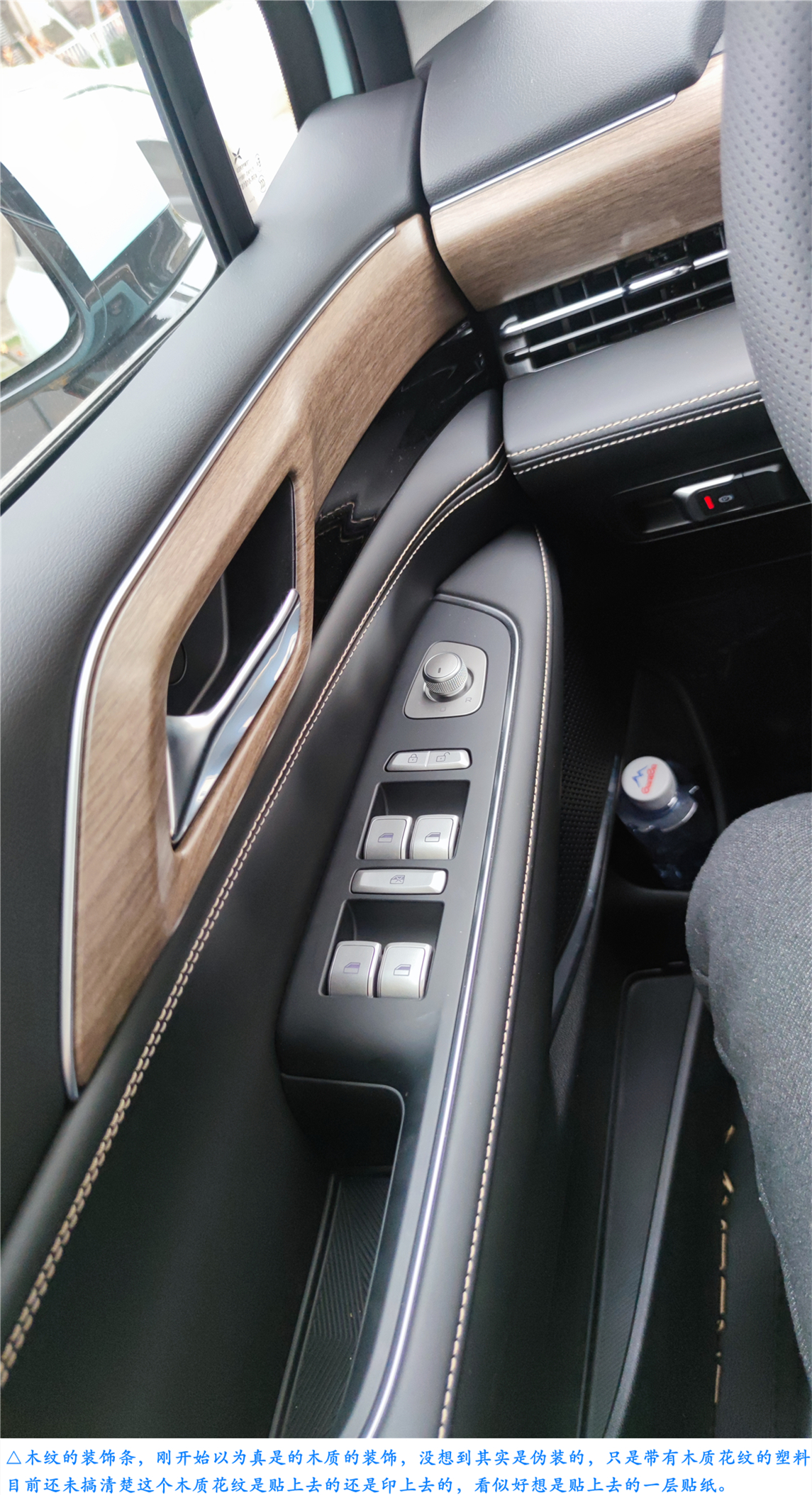
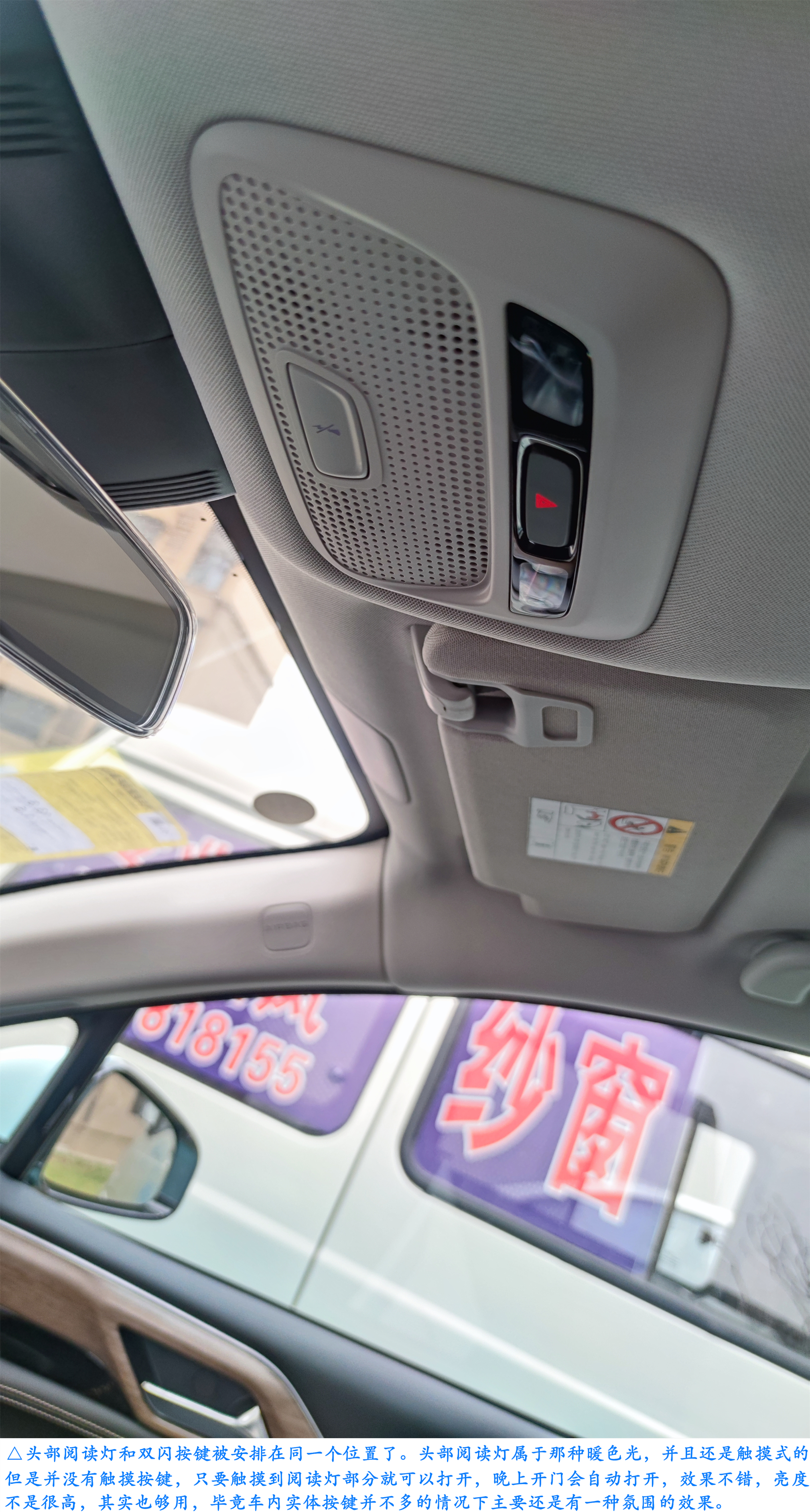
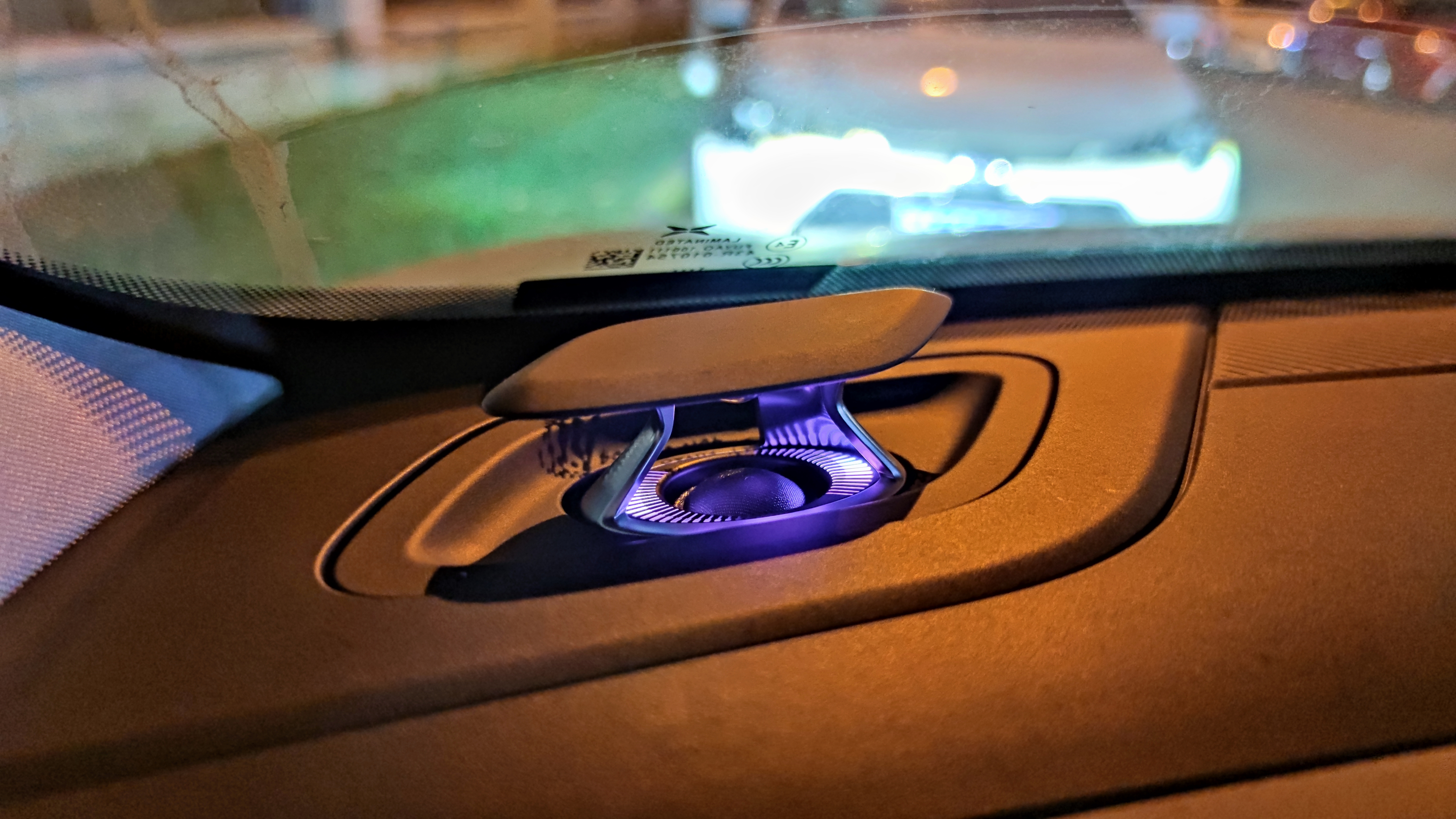
Infotainment System Evaluation
The infotainment system is really smooth to use, thanks to the Qualcomm 8155 chip, which makes it unbeatable in the cars delivered so far in the market. The voice intelligence is impeccable, and it is definitely the strongest in the new energy vehicle market!
However, the optimization of third-party software is poor. First of all, there is iQiyi, which cannot be viewed in full screen, making it impossible to use. Secondly, Netease Cloud Music, which is also unusable and cannot be compared with mobile phones. I downloaded these two apps, but I haven’t opened them again after testing them once. Thirdly, Mi Home, which has small fonts and runs slowly.
Sigh… I hope they can optimize these issues in the future, otherwise the infotainment system experience is really terrible.
There is no Douyin. Although the infotainment system is good, the optimization is not enough. At present, I would say that the infotainment system is still half-baked and not very perfect, but this only relates to the optimization of third-party software.# Map is really powerful
The map is really powerful. So far, I have experienced various brands of car navigation maps, and XPeng’s car navigation map is the best to use. There is little delay in Bluetooth connected phone voice, unlike many car navigation systems that first move videos on the phone and then play audio from the car audio system.
The various functional buttons of the car audio system are also gradually adapting. Personally, I feel that the layout of some commonly used buttons and functions is very handy, and the interactive experience is great!
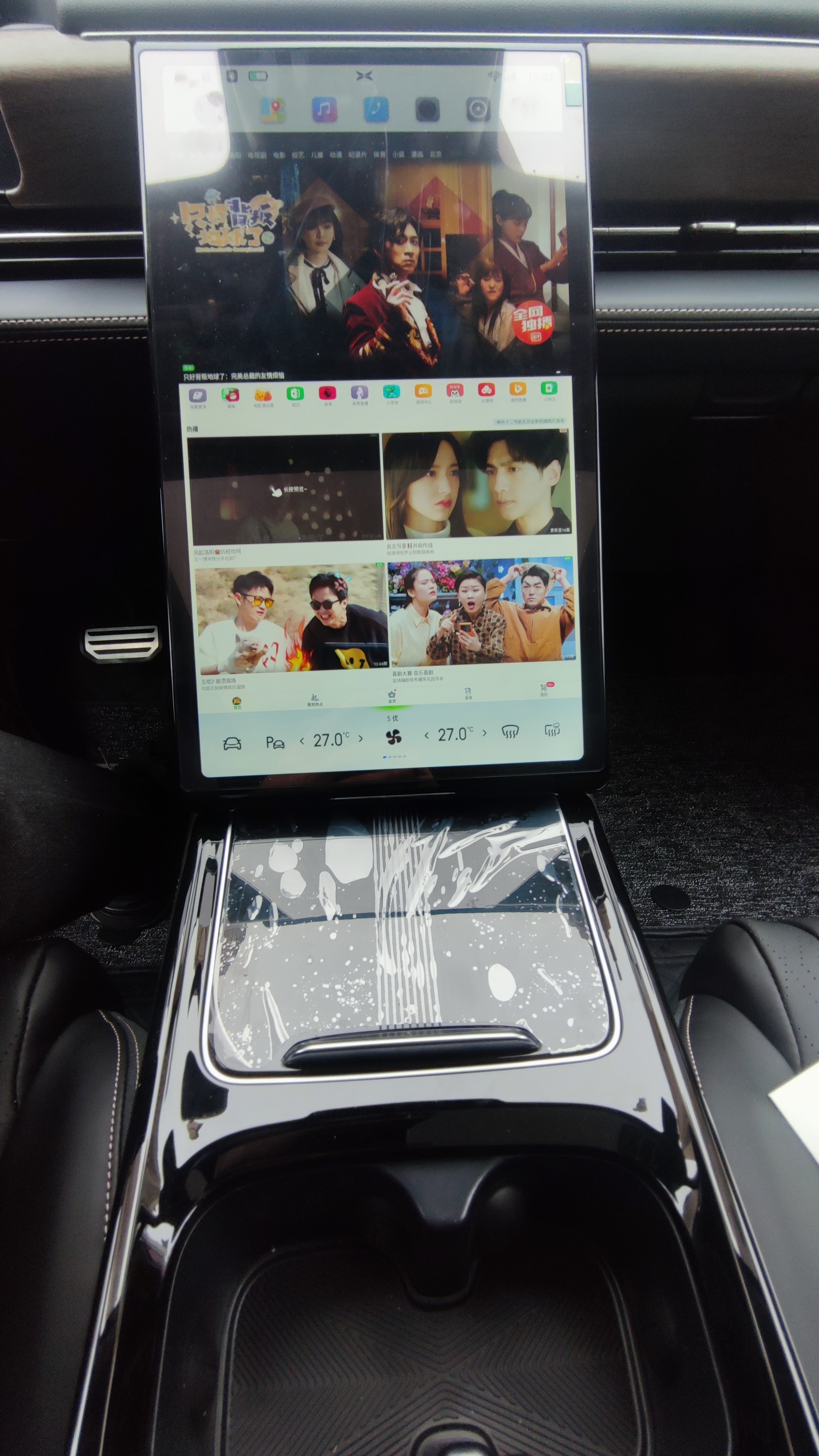
Exterior
As for the exterior, there are many pictures on the internet, so I won’t go into details. I’ll just talk about the hidden parts. First of all, the front hood is still supported by strut type at the 200,000-yuan level. I’m very depressed. The cost of two hydraulic struts is not high. I don’t know if the mechanical structure of the trunk cover can be changed to an electric tailgate in the later period. The door handles are also a minor spit-out point. Only the door handles will automatically pop out when unlocked. Unlike other new energy vehicles, there are touch-pop and near-field pop. I think this should be theoretically available at the same price. It doesn’t cost a lot but can greatly improve the user experience. I love the light sword LED that runs through the headlights and the simple light language. However, the LED of the high and low beams is not as bright as I imagined, but it is fully sufficient for city road sections, and I haven’t tried it on high-speed road sections, which should be passable.


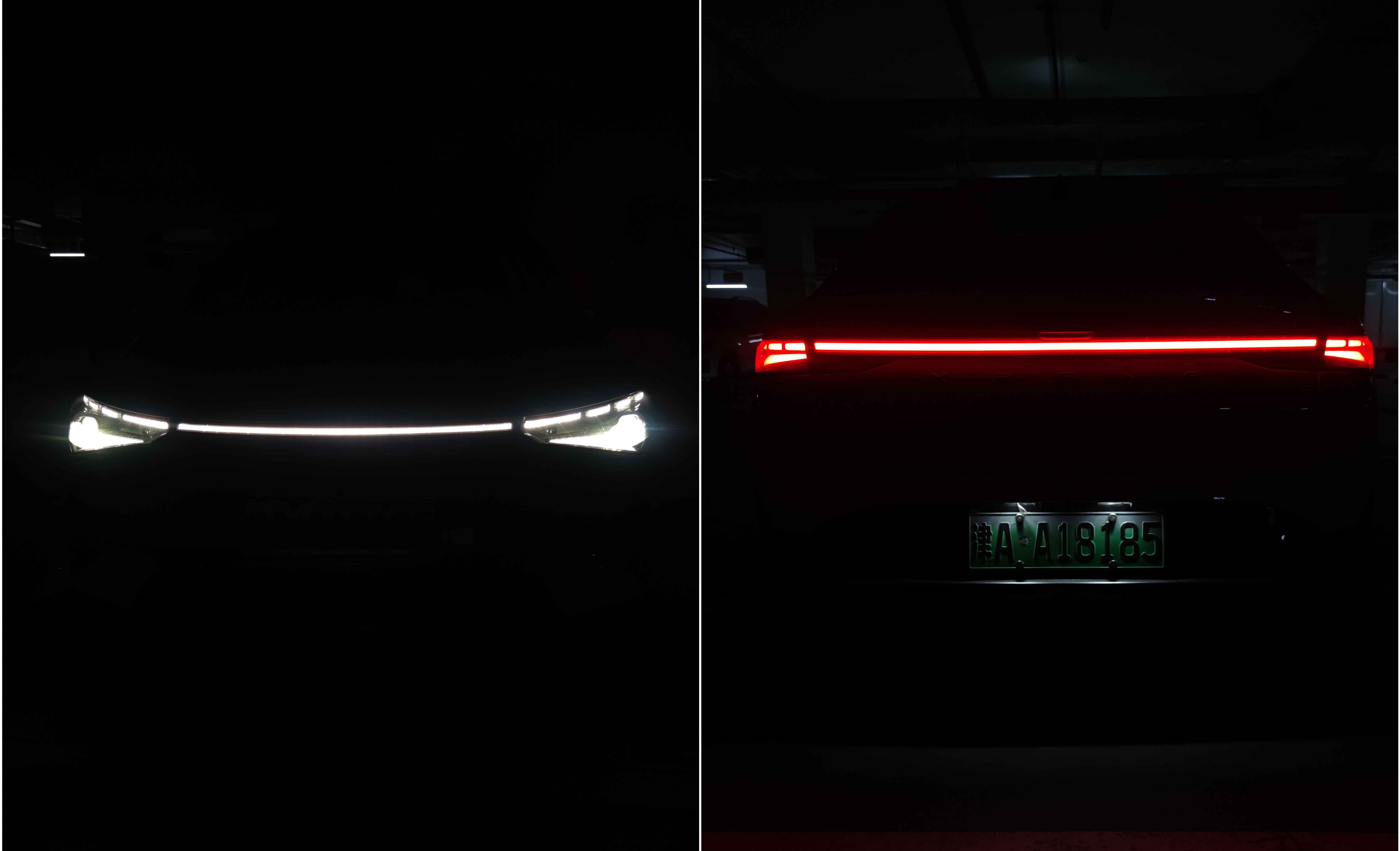
Noise Reduction
The noise reduction effect in the car was tested three times using mobile phone noise testing software. Although it is not very professional, it has some reference value.
The first time was on ordinary urban roads, including slightly bumpy road sections, some of which were cemented road sections. The maximum speed was 95 km/h, and the sound of the car navigation map broadcast was 83 decibels. The sound level of the cement pavement was about 75 decibels.## Results of Noise and Endurance Test for Pure Electric Car on the Road
The second test was carried out on a pure asphalt road surface where many heavy trucks passed by, providing an opportunity to test the transmission of exterior noise of the vehicle. The test was conducted at a speed of up to 110 km/h, during which the decibel levels of 84 and 81 were detected, respectively, due to the honking of other cars outside and the voice navigation of the car stereo.
The third test was conducted on a city asphalt road surface where the road was very smooth and there were few vehicles on the road, with a maximum speed of 105 km/h.
The overall results of the tests showed that the sound insulation effect inside the vehicle was not excellent but was still good. When driving the car, one can clearly feel that most of the noise does not come from outside, but actually comes from tire noise. Even the wind noise was well-controlled. However, it is the tire noise that significantly degrades the sound insulation effect inside the car, which may be due to the tires or other reasons. If Michelin quiet tires are installed, it is expected that the tire noise will be reduced to some extent.
Endurance Test
This is also the most important reference factor for those who consider buying a pure electric car, especially for users in the north. The author of this article lives in Tianjin and mainly talks about the endurance test during the winter. The vehicle was set to standard mode occasionally with sports mode, while the kinetic energy recovery was high. The air conditioner was set at 24-26℃ with three wind speeds. The vehicle was driven mainly on non-congested urban asphalt road surfaces, with an average speed of generally over 60 km/h, and a maximum speed of around 110 km/h maintained briefly.
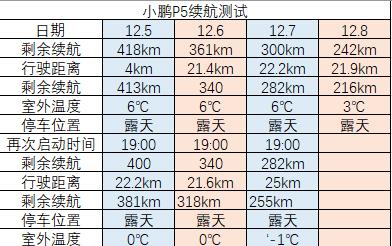
Similarly, based on commuting to and from work, the daily round trip is basically 44 kilometers (22 kilometers each way, with nighttime outdoor parking and occasional daytime parking in underground garages). As the current temperatures are not too low during the day, it is around 0℃, and the total mileage driven is approximately 260 kilometers, with 67 kilometers of remaining endurance.
Endurance Summary: The winter endurance of a pure electric car for commuting is generally between 45-55% of the nominal value. If all the parking is in underground garages, the endurance may increase to around 60-70%. If continuously driving without stopping and only charging the car overnight, it is expected that the endurance would be ideal, at least for the tested wltP448 pure electric car, the endurance during winter could reach between 330-380 kilometers, or even more. Based on more than one month of experience, if the car is charged to 90%, it will run out of power after about 220 kilometers of accumulated driving (with about 40 kilometers of remaining endurance), and if charged to 100%, it will run out of power after approximately 260-290 kilometers of accumulated driving.When the outdoor temperature drops below 0℃, the power consumption of the car in stationary state is quite high. I only learned the specific reasons later, which is because the XPeng’s range algorithm includes the effect of temperature on the battery and range. The real-time range temperature displayed on the car screen. In my subsequent driving experience, when the outside temperature is around -10℃, the range will drop by about 30km after driving about 22km, and if it is parked outdoors overnight, it will lose about 20-30km in stationary state. Therefore, the low temperature has a serious negative impact on XPeng’s ternary lithium battery.
Advanced Driving Assistance System
Currently, I chose plan B and did not have a millimeter-wave radar installed when receiving the car. So far, I have only been able to experience the intelligent parking assist function. I deliberately chose a difficult parking spot with a pillar next to it, but the parking assist parked perfectly like a veteran driver.
In conclusion, XPeng’s parking assist is much better than my own parking ability. As an old driver, I absolutely love this feature now and use it every time I park. It saves time and effort. For new drivers or female drivers, this function is a must-have.
However, XPeng’s parking assist is relatively conservative compared to Mercedes-Benz, and the speed is slightly slower. But the success rate is much higher. It can even be used in insufficient lighting conditions, which is excellent. One thing to criticize in daily use is that sometimes there are serious braking issues, which are frightening. Several times, I thought I had hit something, but in fact, there was still a large distance left. I hope that the later OTA can optimize the parking assist function.
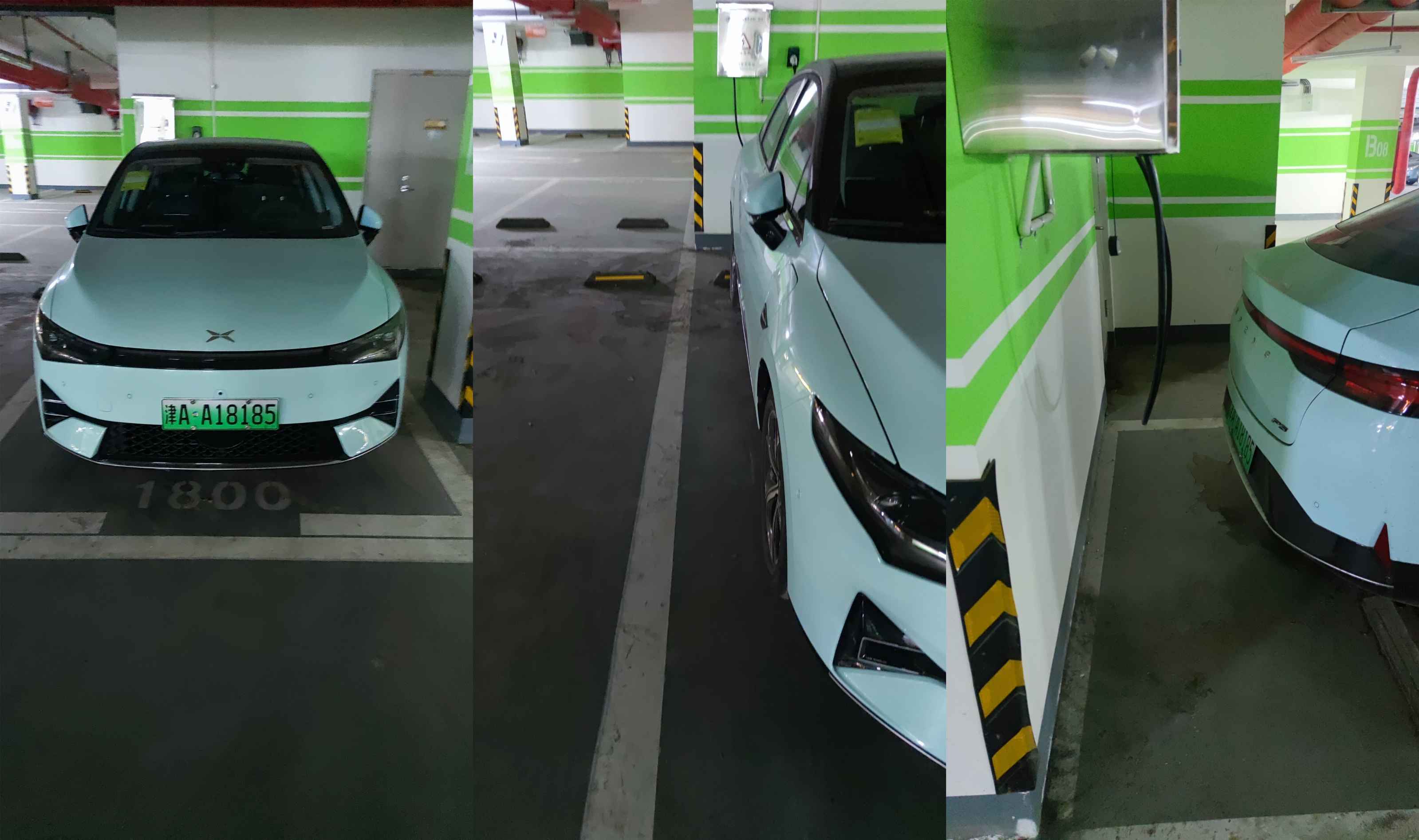
Conclusion
Is XPeng P5 worth buying or not? As my purchase comes with the xP3.5 software for free, I think it is definitely worth it for cars priced under 200,000 yuan.
Excluding the xP3.5 software, as far as the 550P is concerned, it is still a general purchase based on comprehensive evaluation. However, if you like technology and advanced driving assistance, XPeng P5 is a good choice after all. After all, cars equipped with lidar under 200,000 yuan are currently only P5.
For XPeng P5, its main focus is on the family. The exterior is not stunning, and it can be said to be a bit cumbersome, but the interior is spacious and intelligent, which offsets the exterior’s defects for me. As for the 2022 subsidy price, I feel that XPeng P5 may not be easy to sell.
After all, currently, the price of the E/P version of the Advanced Driving Assistance System is relatively high, and if you add the software cost, it will be a considerable expense. But the competitors of the G version are too many, and the overall range is not very high.However, I still hope that XPeng can sell better in 2022, and I also hope that in the future, XPeng can allow more P7 and P5 car owners to experience more advanced technology, adding rich colors to life with technology!
This article is a translation by ChatGPT of a Chinese report from 42HOW. If you have any questions about it, please email bd@42how.com.
